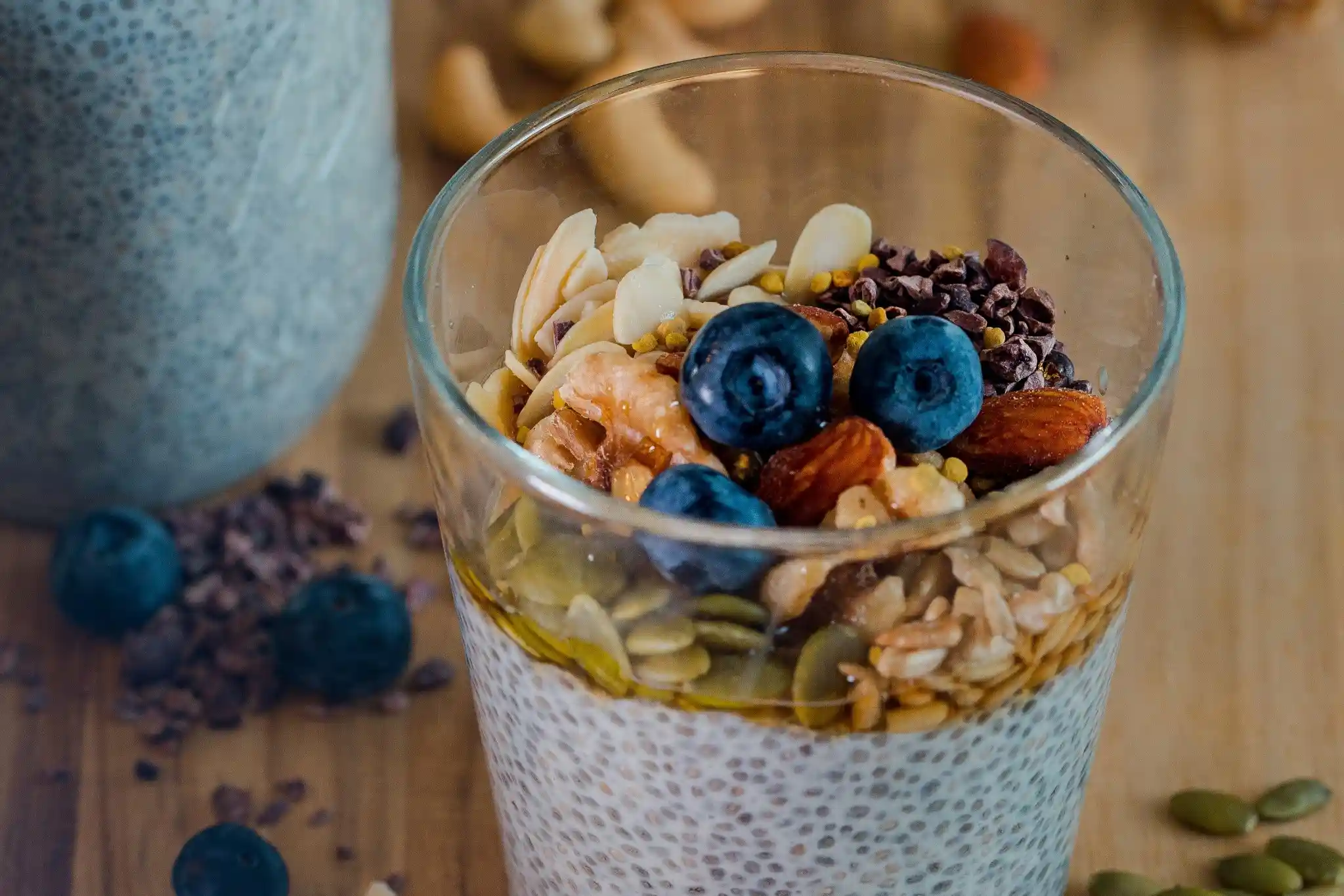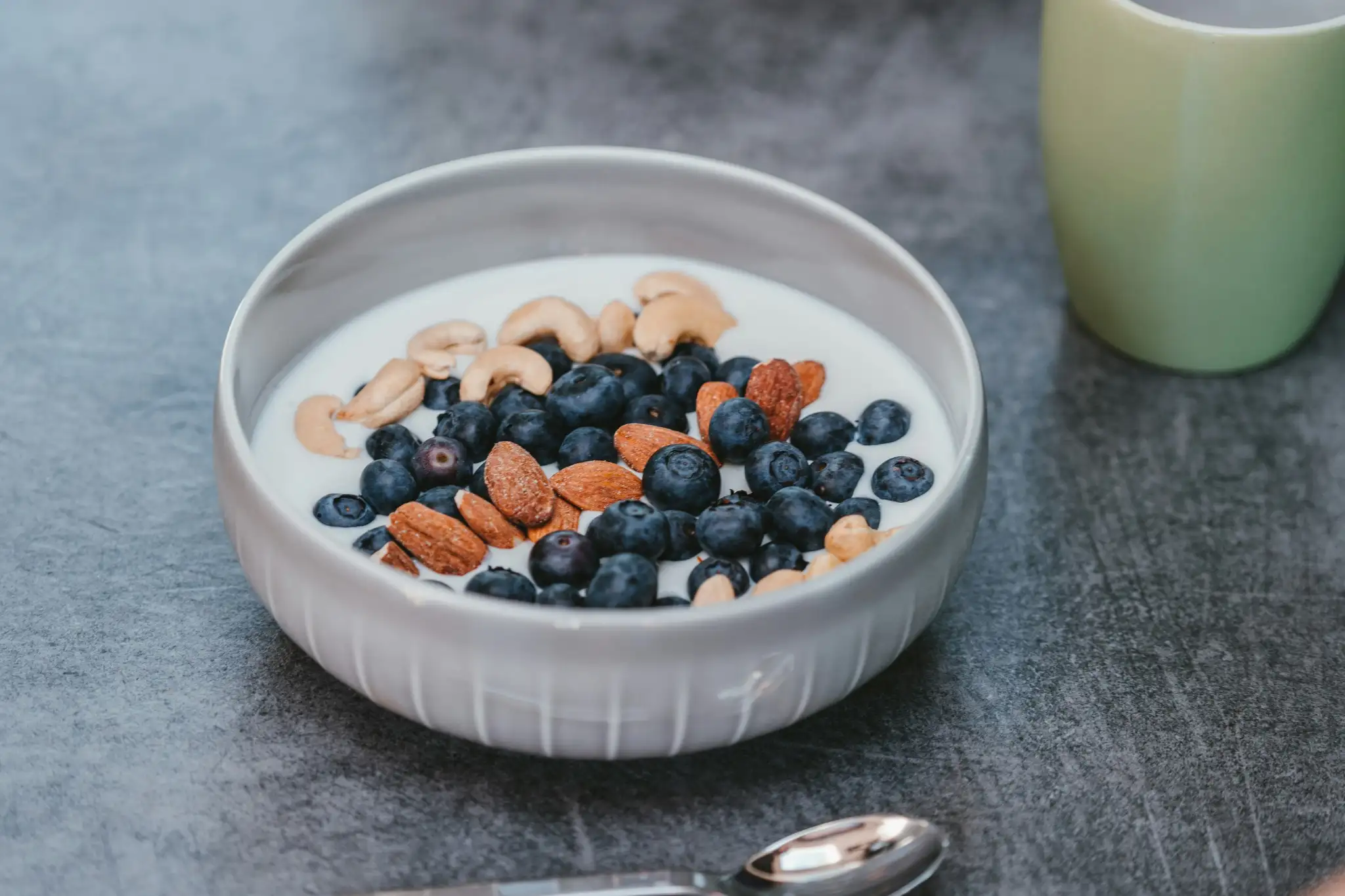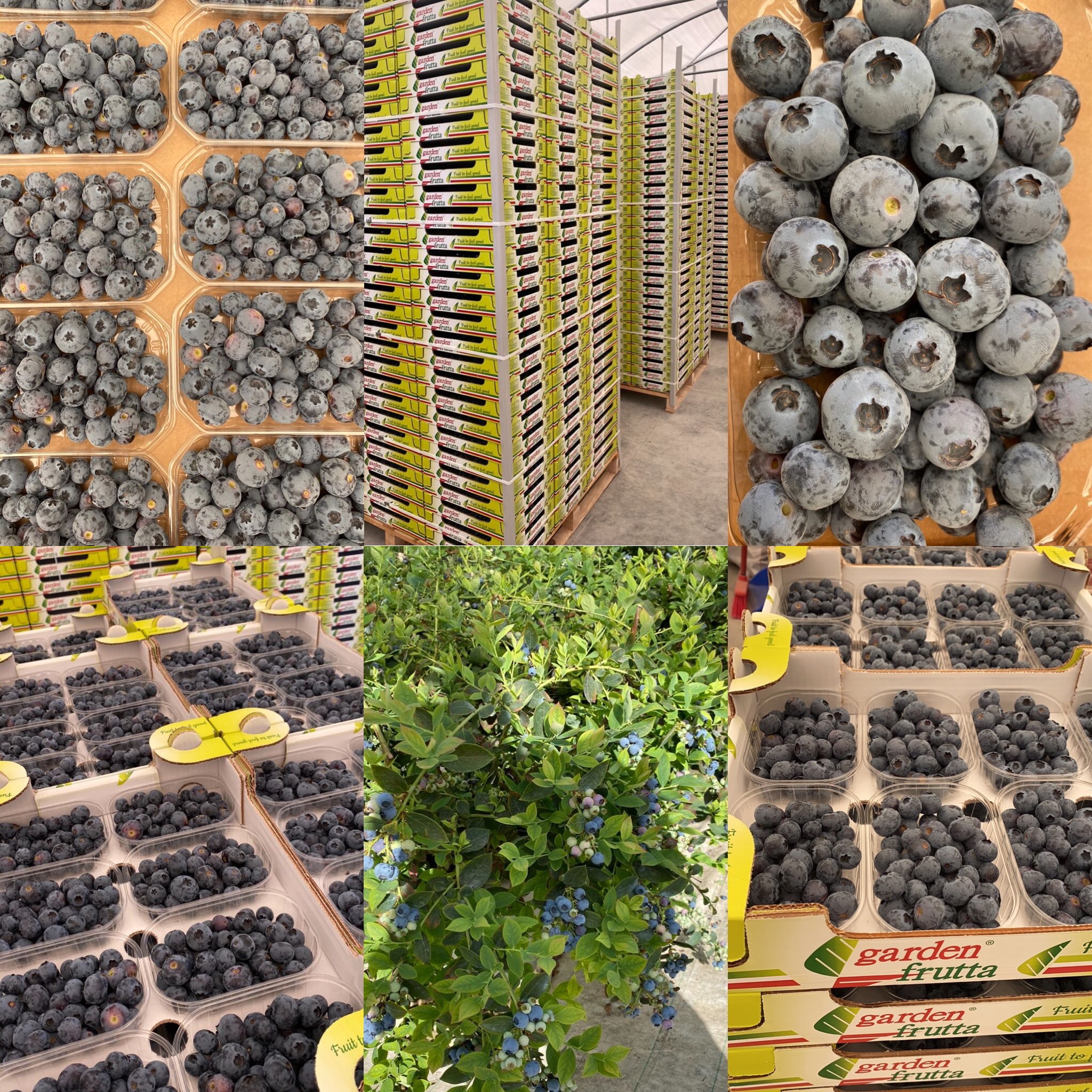Berries, especially blueberries, are well known for their nutritional properties and the richness of bioactive compounds.
Among these, anthocyanins are particularly renowned and extensively studied for their health effects.
Recent scientific interest has focused on the potential role of these small berries in preventing age-related diseases, with particular attention to eye conditions.
A prospective study investigated the link between blueberry and anthocyanin consumption and the risk of developing cataracts and age-related macular degeneration (AMD) in a population of women.
A look at the research
The study involved a large group of middle-aged and older women (aged 45 and up) who showed no signs of AMD or cataracts at baseline.
The participants—over 36,000 for the AMD analysis and over 35,000 for the cataract analysis—provided detailed dietary data, including their blueberry consumption, through semi-quantitative food frequency questionnaires.
Blueberry intake was categorized by frequency, while the total dietary intake of anthocyanins, the key bioactive component of blueberries, was energy-adjusted and analyzed in quintiles.
The women were followed for an average of 11 years to track the incidence of confirmed cataracts, total AMD, and visually significant AMD.

Benefits of regular blueberry consumption for vision
The findings suggest a promising association between blueberry consumption and AMD risk.
Compared to women who did not consume blueberries, those who regularly included them in their diets showed a reduced risk of total AMD.
Specifically, consuming two or more servings of blueberries per week was linked to the most significant risk reduction for total AMD.
Even consuming at least one serving per week showed a protective effect against total AMD risk.
Although the association did not reach statistical significance for visually significant AMD, the effect size observed was comparable to that found for total AMD.

Anthocyanins: a protective factor
The study also examined the impact of total dietary anthocyanin intake on eye diseases.
Unlike direct blueberry consumption, total anthocyanin intake showed no significant associations with AMD.
However, the study did find a modest but significant inverse association between dietary anthocyanin intake and cataract risk.
Women in the top two quintiles for anthocyanin intake had a 10% reduced risk of developing cataracts.

Towards a protective diet
This prospective study, conducted on a large cohort of women, provides further support for the idea that integrating blueberries into the diet may have a beneficial role in reducing the risk of total AMD.
At the same time, a higher intake of anthocyanins—the key compounds found in blueberries and other berries—appears to be modestly associated with a lower risk of cataracts.
These findings underscore the importance of a varied and nutrient-rich diet for long-term health maintenance.
The strategic inclusion of functional foods such as berries in a balanced dietary pattern represents an important step toward promoting well-being, offering benefits that go beyond calorie intake, in line with modern health-oriented dietary trends.
Source: Sesso HD, Rautiainen S, Park SJ, Kim E, Lee IM, Glynn RJ, Buring JE, Christen WG. Intake of Blueberries, Anthocyanins, and Risk of Eye Disease in Women. J Nutr. 2024 Apr;154(4):1404-1413. doi: 10.1016/j.tjnut.2024.02.028. Epub 2024 Mar 1. PMID: 38432561; PMCID: PMC11007733
Image source: Unsplash
🫐 Well-being & Health with Berries 🍓This article is part of the editorial series Wellness & Health with Berries, which brings scientific research closer to everyday life, promoting berries as allies for well-being. The series offers clear, up-to-date, and evidence-based content designed to inform consumers and support all operators in the berry supply chain. |










